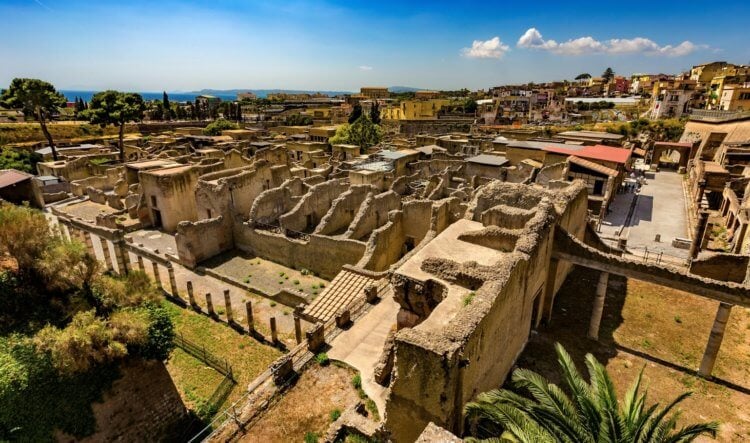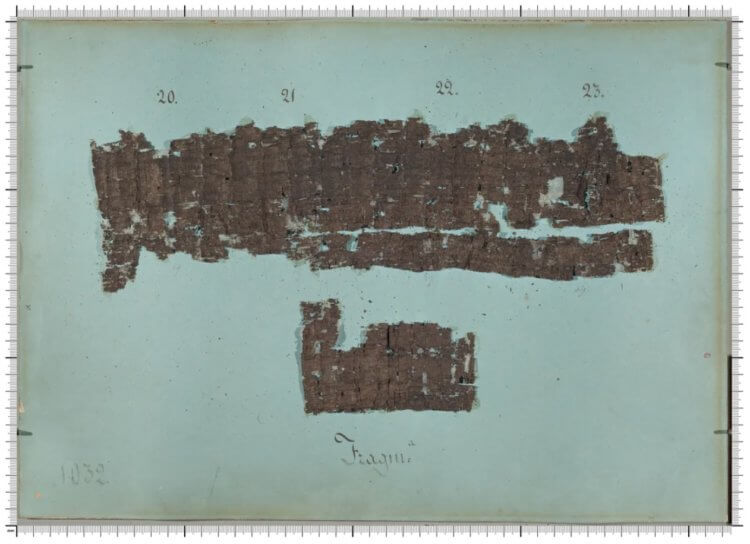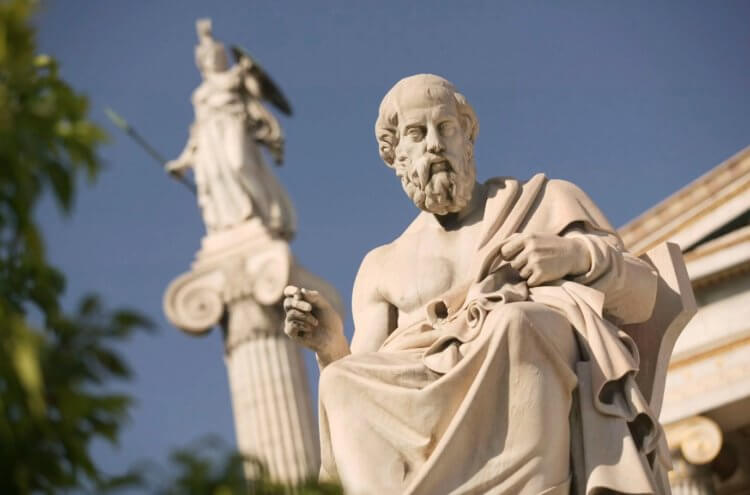Throughout its long history, humanity has given birth to a huge number of great people. Many of them lived many thousands of years ago, so we can only learn details about their lives by studying historical documents. Despite the research conducted by archaeologists and other specialists, we still do not know many important facts. For example, we still do not know where the graves of Queen Cleopatra, King Alexander the Great and the Mongol ruler Genghis Khan are located. Moreover, there is much that we do not know about Plato, the ancient Greek philosopher who lived long before the appearance of the listed personalities. His biography is known to us from the writings of his student Aristotle and other philosophers. It is known that Plato died in 347 BC in Athens and was buried on the territory of his own philosophical school, the Academy. Recently, scientists managed to restore an ancient document and find out the exact location of his grave.

New technologies have helped find Plato's burial place. Image source: factroom.ru
Contents
- 1 Ancient scrolls in Pompeii and Herculaneum
- 2 Decoding ancient texts
- 3 New information about the biography of Plato
- 4 Where is Plato buried
Ancient scrolls in Pompeii and Herculaneum
Details about Plato’s burial place were found out after the restoration of a scroll, which was found in a very damaged state in Herculaneum. This ancient Roman city was destroyed in 79 AD by the hot lava flows of the erupting volcano Vesuvius. In addition to it, other settlements were wiped off the face of the Earth, including the great city of Pompeii.

Ruins of the city of Herculaneum. Photo source: Shutterstock/FOTODOM
The scroll found by scientists, badly burned during the disaster, contains the writings of Philodemus of Gadara, an ancient Greek philosopher who studied with Zeno of Sidon in Athens. He lived from 110 to 40 BC and spent some of his life in Herculaneum. Due to the blackening, the written text was impossible to read, but recently the contents were revealed using high technology.
Read also: Students deciphered the text on paper from the time of the eruption of Vesuvius – what is written there?
Deciphering ancient texts
To read the text written by Philodemus of Gadara thousands of years ago, scientists had to use a range of scanning technologies. They primarily used infrared and ultraviolet optical imaging, which make it possible to see things that appear invisible in normal light. They also used molecular and elemental imaging, which allow them to study the smallest particles in objects.

An ancient scroll, which scientists are deciphering. Photo source: iflscience.com
Thanks to this versatile approach, the researchers were able to decipher about 1,000 words in the ancient text – this is approximately 30% of the entire text. The ancient document was not completely deciphered, but this achievement was enough to reveal lost details about Plato's life. The text told where exactly the philosopher was in slavery, as well as where he was buried.

The process of scanning a charred scroll. Photo source: iflscience.com
New information about the biography of Plato
According to an ancient document, the philosopher Plato was enslaved in 404 BC after the Spartan invasion. There is also a version that he became a slave after the death of Socrates in 399 BC. While in captivity, he was on the island of Aegina, which to this day belongs to Greece. For scientists, this was an extremely unexpected discovery, because previously they were sure that Plato found himself in slavery in 387 BC and was on the island of Sicily. Which version to believe is now unclear, and the biography of the philosopher has become even more confusing.

It is unknown what Plato died from, because in those days there were no medical records of death. Photo source: thoughtco.com
Where is Plato buried
As for the place of his burial, scientists have long known that the grave is located somewhere on the territory of his Academy. This religious and philosophical union was located near Athens, but researchers do not know where exactly. If the ruins of this place are ever found, the philosopher's grave will have to be looked for in a private garden next to the sanctuary dedicated to the muses.

An archaeological find on the site of Plato's Academy. Photo source: Wikipedia, user Tomisti
In addition to all this, in an ancient text, scientists have found fragments that speak of Plato’s contempt for a certain barbarian musician from Thrace. Scientists want to decipher the ancient scroll from Herculaneum completely, but this will take time – they plan to complete the work around 2026.
Did you know that we have a chat on Telegram? There you can interact with other readers and even take science quizzes!
At the beginning of the article, we mentioned that scientists still have not found the graves of three important historical figures. We have dedicated separate articles to each of them. Right now you can find out why archaeologists still haven't found Cleopatra's tomb, and also learn about the possible location of the tomb of Alexander the Great. Also read about where Genghis Khan’s grave may be located.